

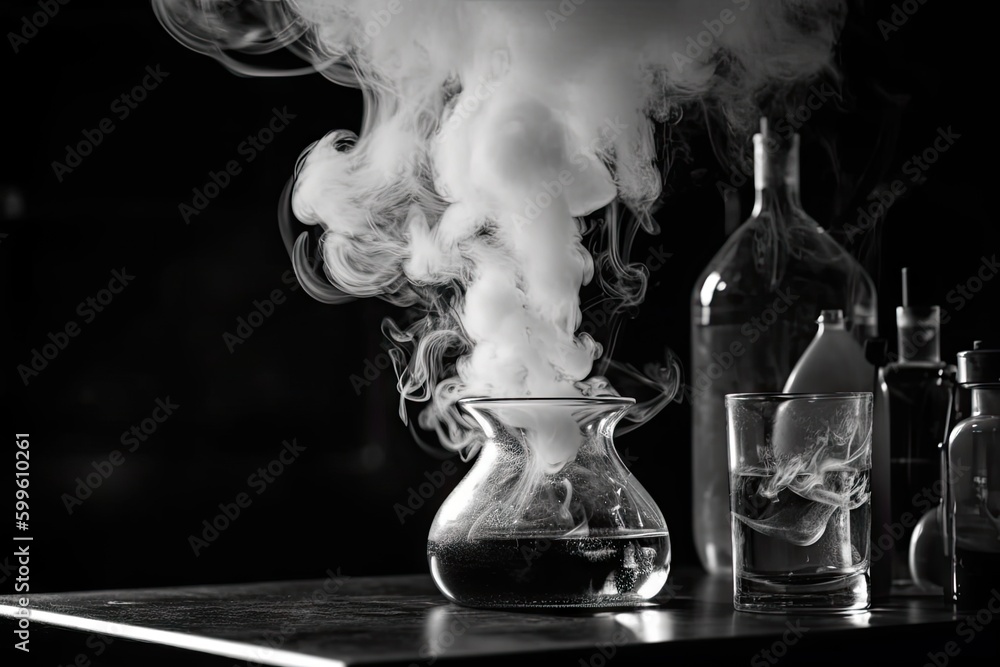
Smoke & Mirrors: Tour and Meyer Assess Origin of Life Experiments
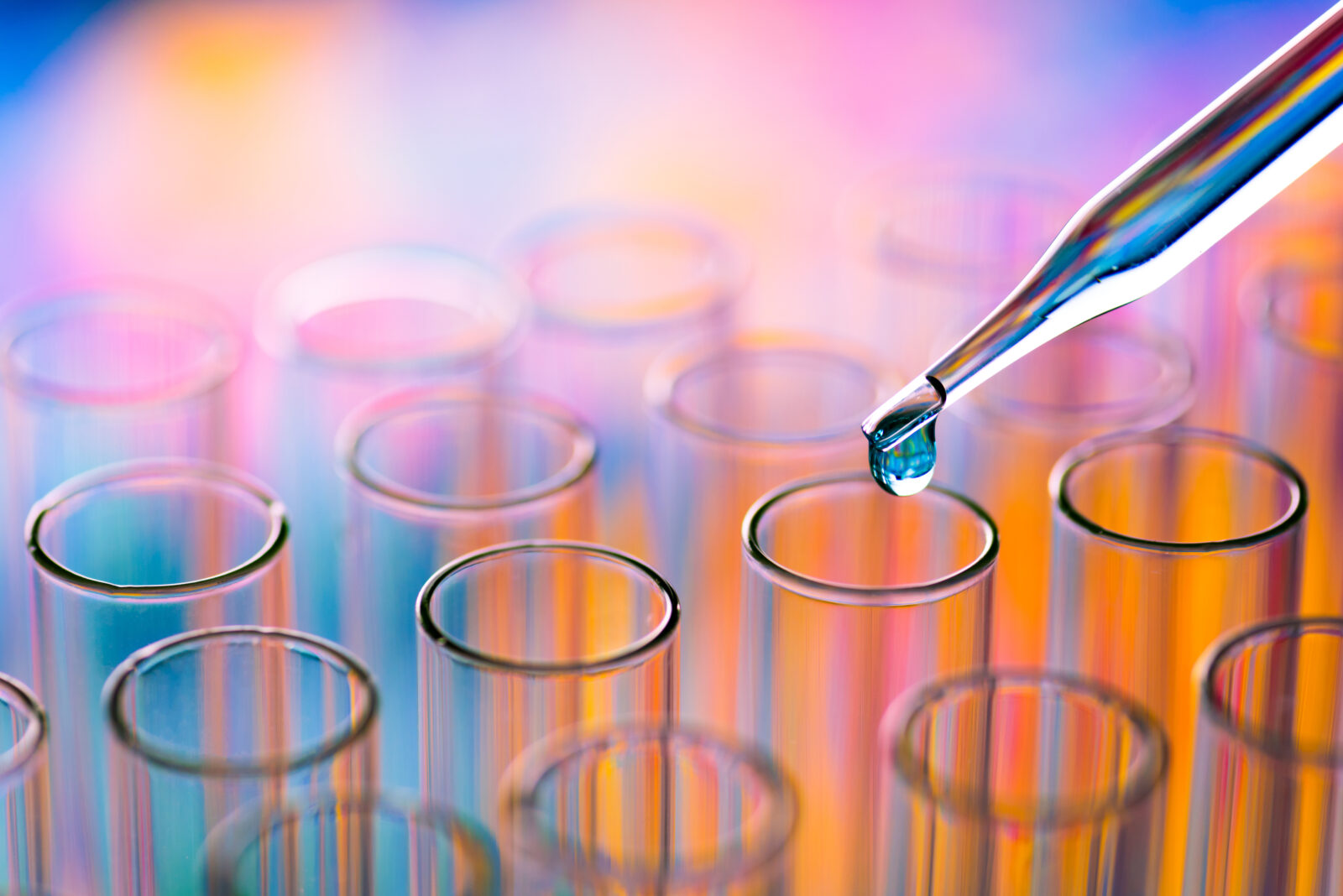
Extravagant Claims: James Tour & Stephen Meyer Critique Origin of Life Research
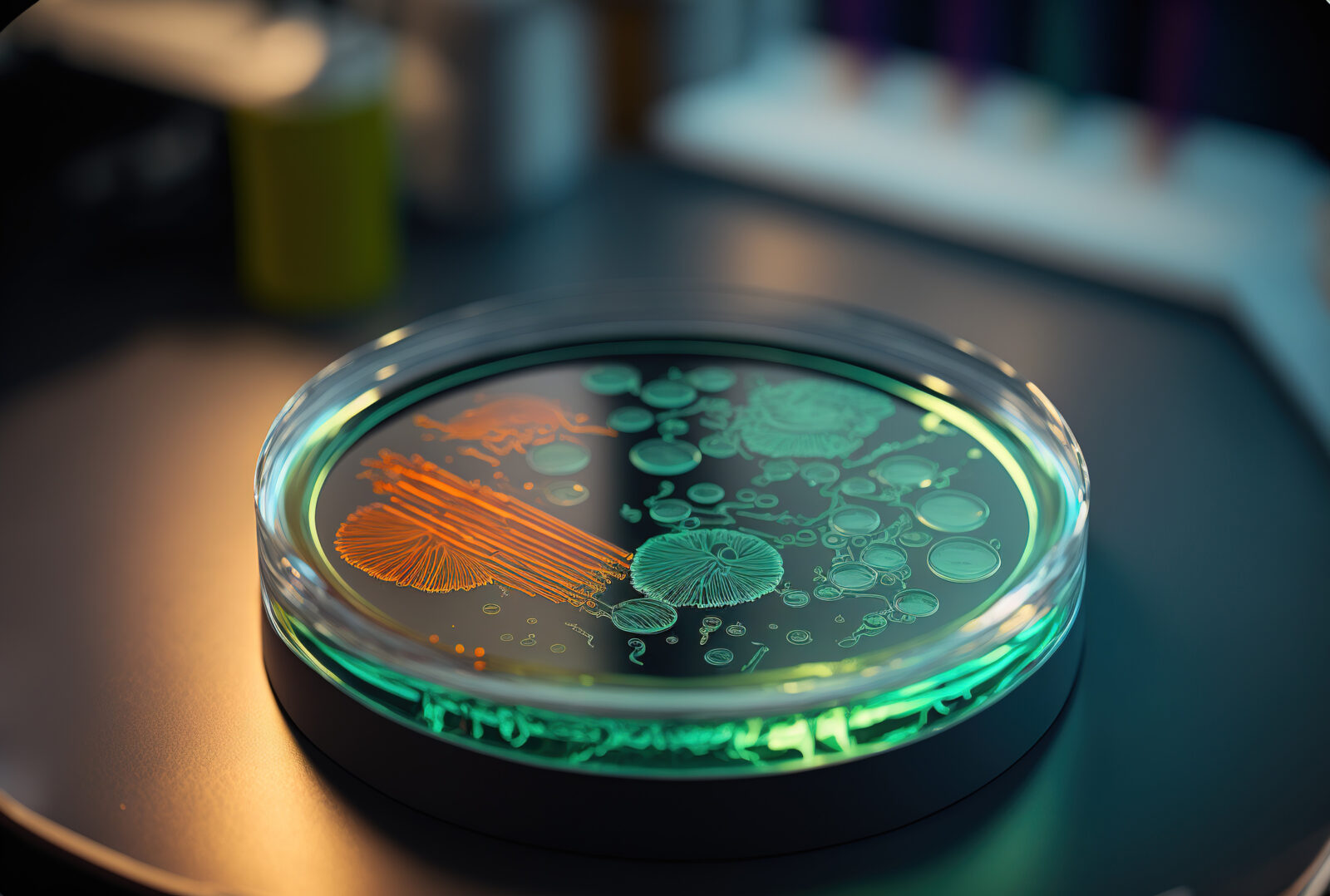
James Tour and Stephen Meyer Bring Clarity to Origin of Life Debate

James Tour Talks Origin-of-Life Dealbreakers
On today’s ID the Future, distinguished synthetic organic chemist James Tour of Rice University explains why the goal of synthesizing life from non-life in conditions similar to those of the early Earth appears further away than ever. It’s not an illusion, he explains. The illusion was how close OOL researchers thought they were 50-70 years ago. They were never close, and the more we learn about how mind-bogglingly sophisticated even the simplest cells are, and how the complexity is essential for biological life, the more we realize just how far we are from constructing a plausible scenario for the mindless origin of the first life. Tour points out that even granting a great deal of intelligent design in the form Read More ›
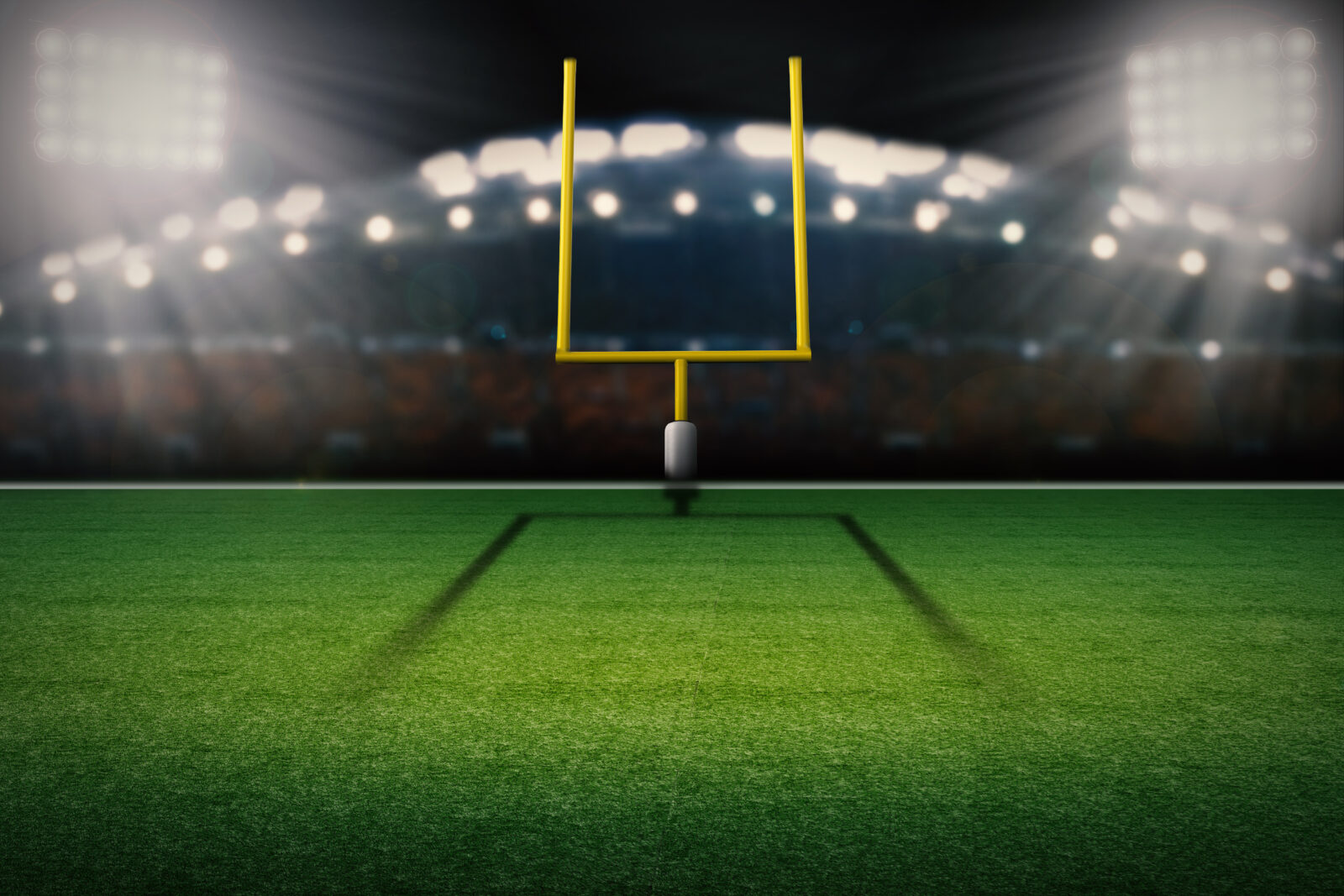
James Tour: The Goalposts are Racing Away from the Origin-of-Life Community
On today’s ID the Future distinguished nanoscientist James Tour explains to host Eric Metaxas why the origin-of-life community is further than ever from solving the mystery of life’s origin, and how the public has gotten the false impression that scientists can synthesize life in the lab. Tour explains that origin-of-life scientists aren’t even close to intelligently synthesizing life from non-life in the lab. The problem, Tour says, is that some leading origin-of-life researchers give the impression they are right on the cusp of solving the problem. Not so, Tour says. He offers the analogy of someone claiming, in the year 1500, that he has the know-how to build a ship to travel to the moon, when no one yet knows Read More ›
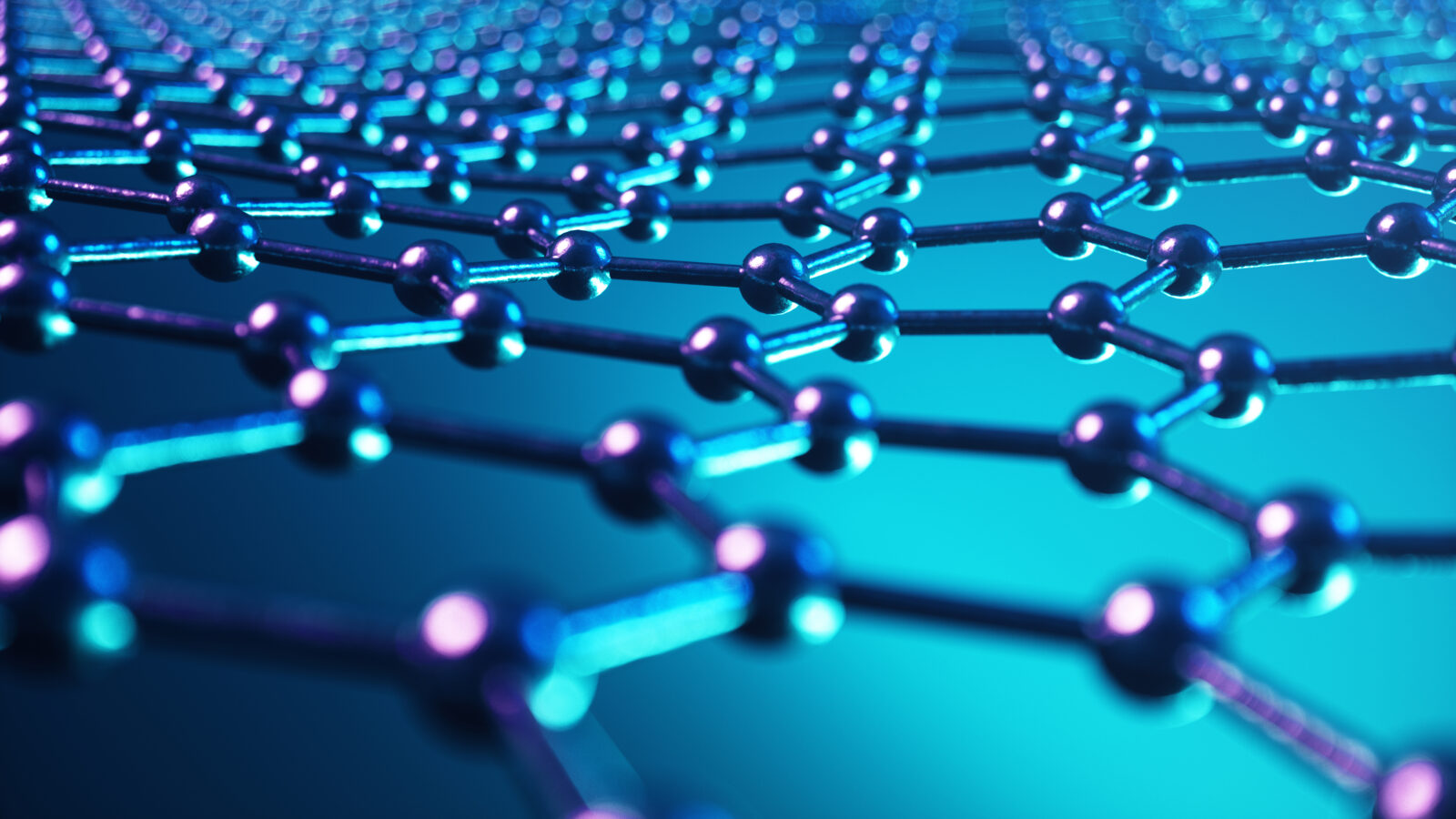
James Tour Talks Nanotech at Socrates in the City
Today’s ID the Future features the first part of a conversation between James Tour and Socrates in the City host Eric Metaxas on Tour’s astonishing work in nanotechnology and on the topic “How Did Life Come into Being?” Tour is the T. T. and W. F. Chao Professor of Chemistry, Professor of Computer Science, and Professor of Materials Science and Nanoengineering at Rice University. He is widely regarded as one of the world’s leading nano-scientists. This event took place at the River Oaks Country Club in Houston, Texas, and is presented here with permission of Eric Metaxas. Here in Part 1, Tour explains some of the inventions coming out of Tour’s Rice University lab, including molecular cars and astonishing graphene Read More ›

James Tour: Primordial Soup Bluffing Goes Right to the Top
Today’s ID the Future features another installment in James Tour’s hard-hitting and evidence-based YouTube series on abiogenesis. Here Dr. Tour, a world-leading synthetic organic chemist at Rice University, describes the early Earth primordial soup concept for the origin of first life (OOL) and shows why it’s simplistic, bogus, and doesn’t represent the current science on the issue. He also reviews survey data showing just how misinformed the public is about how far scientists have gotten in creating life in the lab. One critic of Tour protested that the simplistic primordial soup story might be found in highly simplified textbooks for sixth graders but isn’t peddled at higher levels. Tour provides video evidence to the contrary.

James Tour–A Flyover of the Challenges Facing Abiogenesis
Today’s ID the Future features the next in a YouTube video series by Dr. James Tour on the origin-of-life problem. Here Tour, a distinguished synthetic organic chemist, lists the characteristics of life and describes some features of the early Earth where life first appeared. Then he provides a fast flyover of the many grave problems of blindly evolving the first living cell from prebiotic materials.

A James Tour Course on Abiogenesis: Prologue
Today’s ID the Future features audio of the first in a series of YouTube videos by Dr. James Tour on the origin-of-life problem. Here Tour, a renowned synthetic organic chemist and professor at Rice University, explains why he is addressing the origin-of-life issue, also known as abiogenesis, and touches on some common misconceptions about the field. He says the organizing impetus for the series is a YouTube video by Dave Farina, “Elucidating the Agenda of James Tour: A Defense of Abiogenesis.” As Farina’s title suggests, he begins his video with an ad hominem attack, seeking to discredit Tour by showing that Tour is a Christian. Tour briefly responds to this line of attack and then moves into matters scientific. There Read More ›